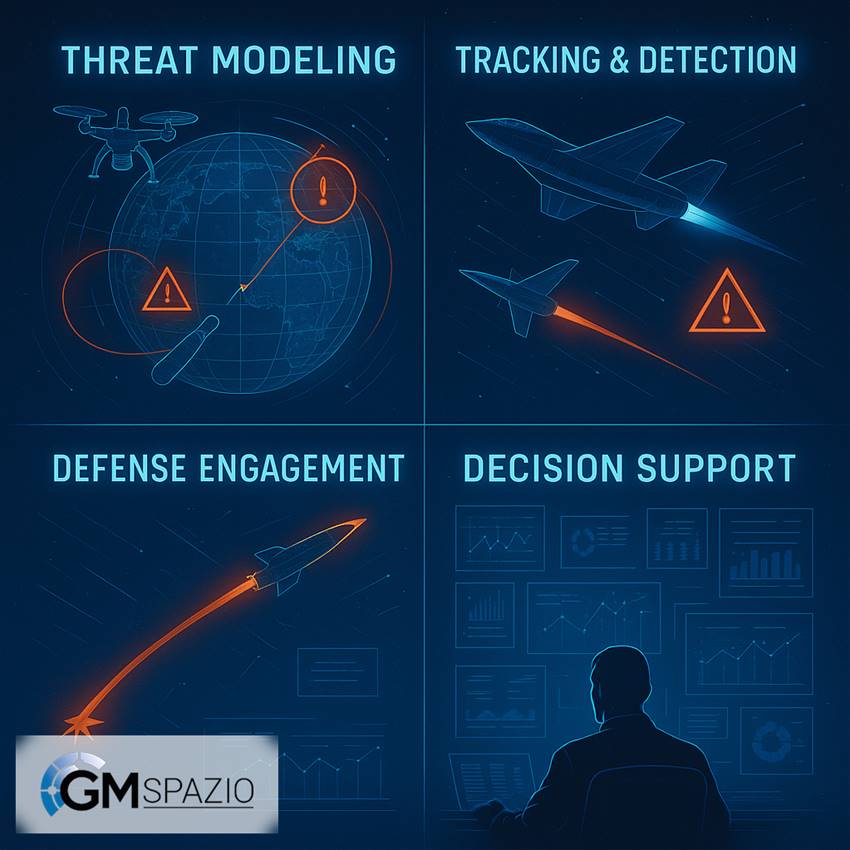
Imagine waking up to debris on your property, no storm, no warning. On February 1, 2025, a SpaceX Falcon 9 rocket launched from Vandenberg Space Force Base in California, carrying 22 Starlink satellites as part of the Group 11-4 mission. Just over 2 weeks later on 19th February 2025, soon after deployment of its payload, the upper stage of the Falcon 9 normally what would have a planned deorbit burn soon re-entered the atmosphere uncontrollably.
The cause was due to a propellant leak of liquid oxygen (LOX), an oxidizer needed to ignite RP-1 (refined kerosene fuel); there was no way to control the landing. Flying over England at around 27,359km/h (17,000mph). That day several citizens around eastern Europe, more specifically Poland, have experienced firsthand what happens when debris from an uncontrolled reentry enters earth's atmosphere and lands on earth. Such an event could happen to any satellite or orbital asset.
Currently Kosmos 2553 seems to be uncontrollably spinning. Optical photometry showing rapid brightness changes connected with radar doppler anomalies indicating a serious malfunction. Analysts interpret this unusual behavior as a loss of attitude control, which points out that the satellite can no longer stabilize itself. The exact cause of this malfunction is indefinite; the observations of movement is an indicator it is uncontrolled. It is unclear whether the satellite has any active ground control managing or attempting recovery of the satellite.
As the Russian Ministry of Defense did not respond to requests for comments in recent reporting for the satellite, unsure if any last maneuver or orientation adjustment was or will be made, if there was any. This leaves an uncertainty if any collision with other assets are going to happen, with undesired damages.
Modeling and simulation makes tracking unscheduled activity possible. Simulations can precisely model reentry paths and orbital decay. Predicting how different parts of a spacecraft might behave during reentry. Engineers and software thus helping when and where debris might land. Informing design choices, based on what would disintegrate fully upon reentry. Allowing mission control teams to practice responding to anomalies in real time.
Orbital mechanics models can simulate how debris moves through space with the probability of collisions, predicting future positions. Then that can be used for precise pre and post maneuvers measurements to limit damages and protect assets, with conjunction control. A software that used infrared, optical radar, and rf sensors for Space Situational Awareness (SSA) and Space Surveillance and Tracking (SST). Fixing potentially complex issues, reducing delivery time and costs. Avoiding undesired damages. Having a solution that can give modeling and simulation for managing and protecting your assets.





.png)